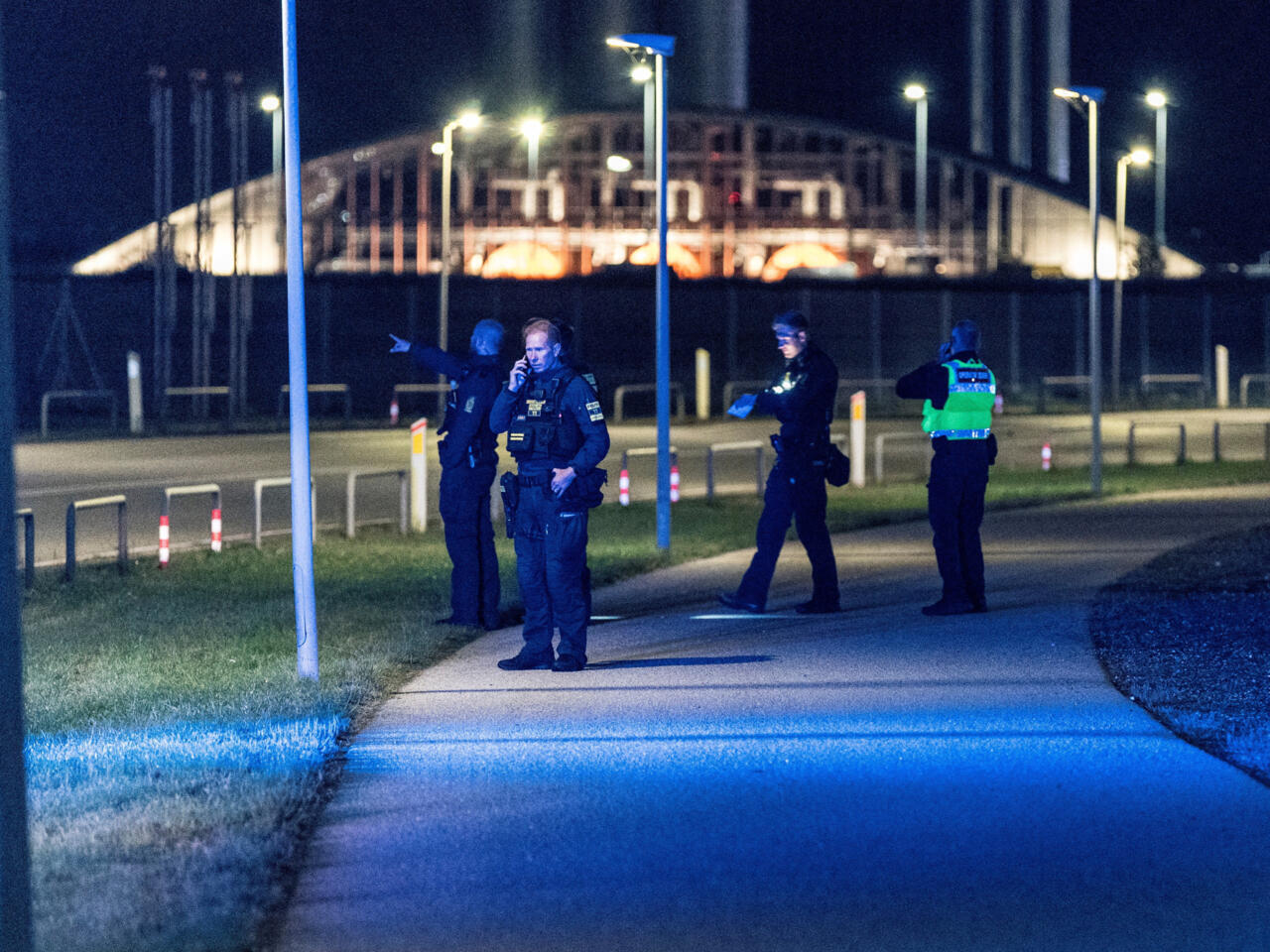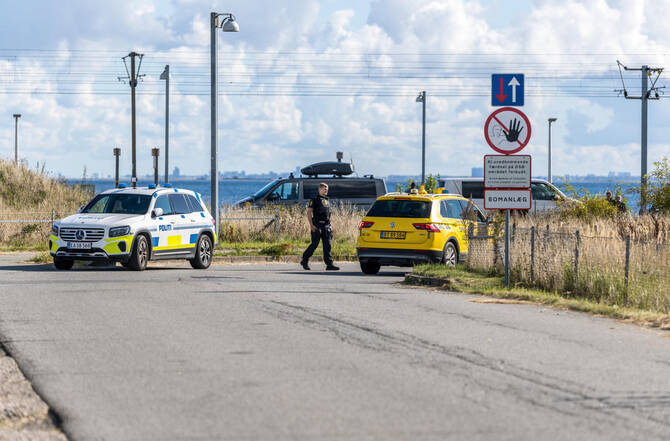Fresh Drone Activity Reported Over Danish Military Bases
The Danish Armed Forces have confirmed a second consecutive night of suspicious drone activity over key military installations, raising serious concerns about national security and escalating fears of coordinated hybrid attacks in Northern Europe.
Authorities did not disclose specific details about which bases were targeted or the countermeasures used, citing operational security reasons.
Incident Follows Drone Activity at Denmark’s Largest Base
The latest incidents come just 48 hours after drones were spotted above Karup Air Base, Denmark’s largest military installation. Danish police reported “one to two drones” flying near the base on Friday evening around 8:15 p.m., prompting a temporary airspace lockdown.
Karup Air Base plays a central role in Denmark’s defense operations. It houses all armed forces helicopters, manages airspace surveillance, provides flight training, and employs roughly 3,500 personnel. Any disruption in its activities could pose significant risks to Denmark’s defense readiness.
NATO Reinforces Baltic Defenses in Response
The repeated sightings have triggered a swift response from NATO, which has announced additional military deployments in the Baltic Sea to safeguard infrastructure against possible hybrid warfare tactics.
According to the alliance, NATO will send intelligence, surveillance, and reconnaissance platforms, along with at least one air-defense frigate, to strengthen the ongoing Baltic Sentry mission. This mission was originally launched in January after unexplained damage to undersea energy pipelines raised alarm across Europe.
“NATO Allies and Denmark are working closely to ensure the security of critical infrastructure,” said Secretary-General Mark Rutte. He emphasized that the reinforced presence will add to existing patrol aircraft, naval drones, and frigates already monitoring the region.
Prime Minister Warns of “Most Serious Attack” on Infrastructure

Danish Prime Minister Mette Frederiksen has described the drone activity as “the most serious attack on Danish critical infrastructure to date.” She also urged citizens to remain vigilant, warning that more hybrid-style attacks could be on the horizon.
While investigators have not yet confirmed who is behind the incursions, Frederiksen pointed to Russia as the most likely threat actor.
“There is primarily one country that poses a threat to Europe’s security — and that is Russia,” Frederiksen said.
Russia Denies Any Involvement
The Russian Embassy in Copenhagen has strongly rejected Denmark’s accusations, labeling them a “staged provocation.” Moscow has consistently denied any role in drone activity or sabotage against European infrastructure.
Despite the denial, Danish intelligence officials remain convinced of a heightened risk. Finn Borch, head of the Danish Security and Intelligence Service, said the incidents bear similarities to Russian hybrid warfare tactics, including sabotage, espionage, and cyber interference, previously observed across Europe.
Timeline of Escalating Drone Threats
The string of drone incidents began on September 22, when multiple large devices forced the temporary shutdown of Copenhagen Airport, grounding flights for several hours. In the days that followed, drones were also spotted above five regional airports and several military installations.
The incidents have prompted Sweden to offer Denmark advanced anti-drone defense technology, which may be deployed before this week’s European Union summit in Copenhagen, where nearly 40 heads of government are expected to gather.
Heightened Concerns of Hybrid Warfare in Northern Europe
Experts warn that the drone sightings could be part of a wider strategy of hybrid warfare — a mix of traditional military tactics, cyberattacks, and covert operations designed to destabilize nations without triggering a direct armed conflict.
With both NATO and EU leaders now involved, the issue is quickly gaining international attention. Strengthening Baltic defenses has become a priority, particularly as the region holds some of Europe’s most critical undersea energy pipelines and communication cables.
Conclusion
The back-to-back drone incursions over Danish military facilities mark a sharp escalation in security threats facing the Nordic region. With NATO reinforcing defenses, Denmark tightening its military readiness, and Russia denying responsibility, the situation underscores growing geopolitical tensions in Europe’s north.
As investigations continue, Danish authorities are preparing for additional incidents, warning that the threat of hybrid warfare is likely to persist in the weeks ahead.

